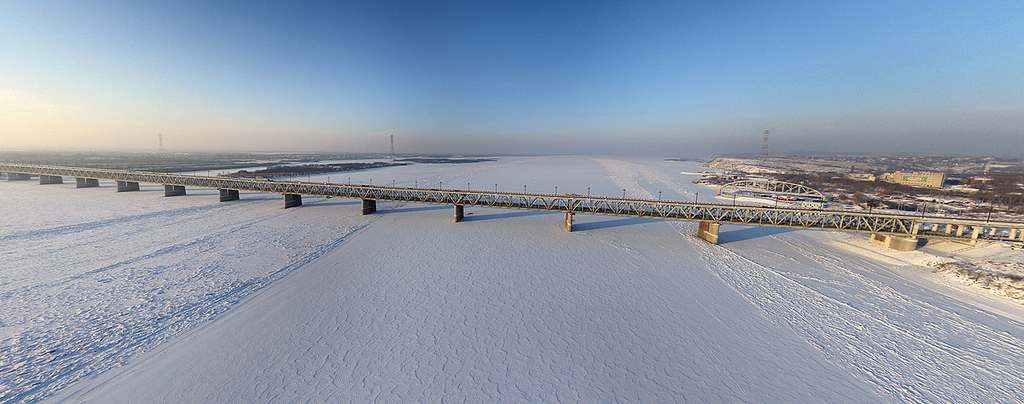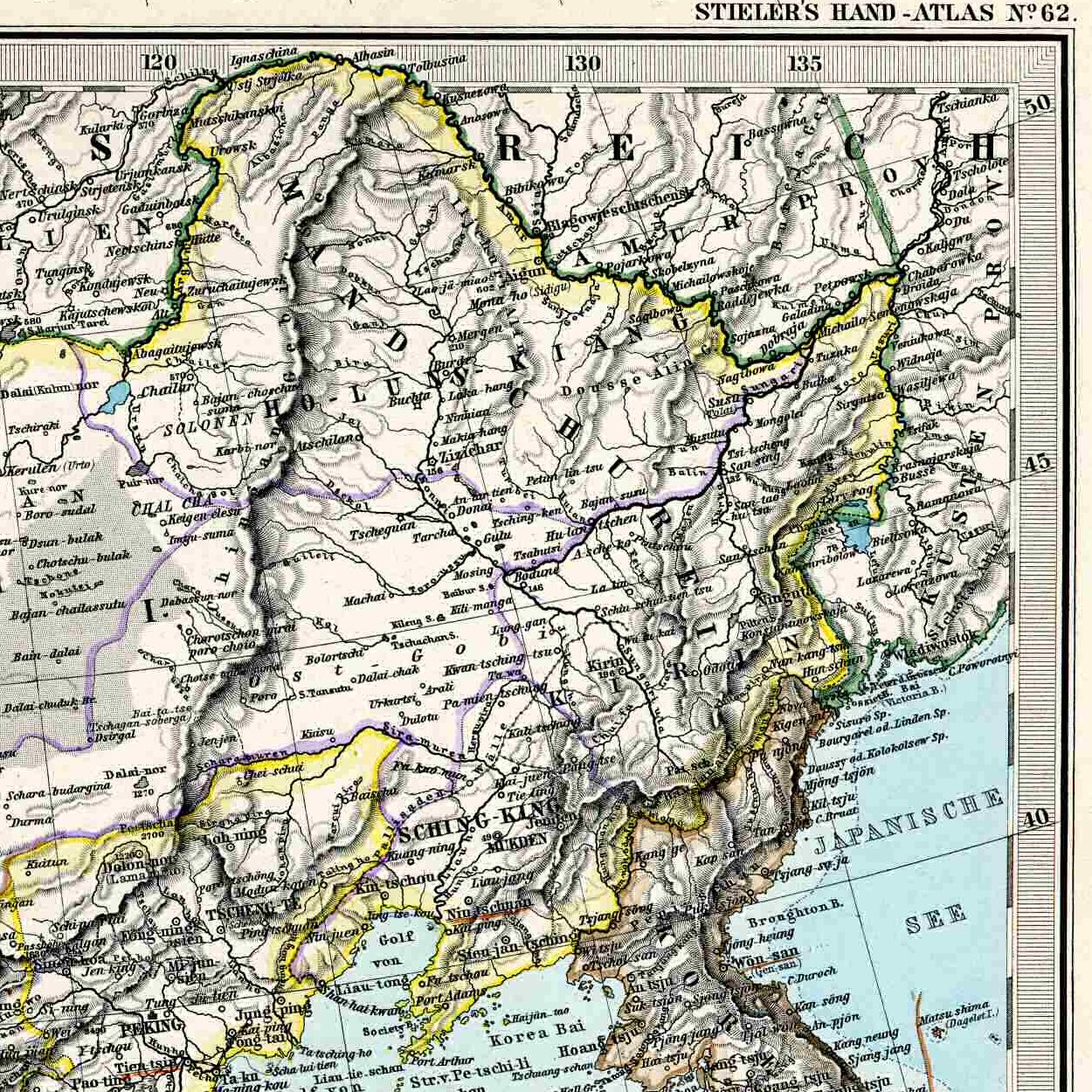|
Indite
Indite is an extremely rare indium-iron sulfide mineral, found in Siberia. Its chemical formula is FeIn2S4. It occurs as replacement of cassiterite in hydrothermal deposits. It is associated with dzhalindite, cassiterite and quartz. It was first described in 1963 for an occurrence in the Dzhalinda tin deposit, Malyi Khingan Range, Khabarovskiy Kray, Far-Eastern Region, Russia Russia (, , ), or the Russian Federation, is a transcontinental country spanning Eastern Europe and Northern Asia. It is the largest country in the world, with its internationally recognised territory covering , and encompassing one-eigh .... References *Emsley, John. ''Nature's Building Blocks.'' Oxford, 2001. * Thiospinel group Iron(II) minerals Indium minerals Cubic minerals Minerals in space group 227 Minerals described in 1963 {{sulfide-mineral-stub ... [...More Info...] [...Related Items...] OR: [Wikipedia] [Google] [Baidu] |
Dzhalindite
Dzhalindite is a rare indium hydroxide mineral discovered in Siberia. Its chemical formula is In(OH)3. It was first described in 1963 for an occurrence in the Dzhalinda tin deposit, Malyi Khingan Range, Khabarovskiy Kray, Far-Eastern Region, Russia. It has also been reported from Mount Pleasant, New Brunswick, Canada; the Flambeau mine, Ladysmith, Rusk County, Wisconsin, US; in the Mangabeira tin deposit, Goiás, Brazil; Attica, mines of the Lavrion District, Greece; Erzgebirge, Saxony, Germany; the Krušné Hory Mountains of Bohemia, Czech Republic; the Chubu Region, Honshu Island, Japan; and the Arashan Massif of Tashkent, Uzbekistan Uzbekistan (, ; uz, Ozbekiston, italic=yes / , ; russian: Узбекистан), officially the Republic of Uzbekistan ( uz, Ozbekiston Respublikasi, italic=yes / ; russian: Республика Узбекистан), is a doubly landlocked co .... References * Hydroxide minerals Indium minerals Cubic minerals Minerals in spa ... [...More Info...] [...Related Items...] OR: [Wikipedia] [Google] [Baidu] |
Sulfide Mineral
The sulfide minerals are a class of minerals containing sulfide (S2−) or disulfide (S22−) as the major anion. Some sulfide minerals are economically important as metal ores. The sulfide class also includes the selenides, the tellurides, the arsenides, the antimonides, the bismuthinides, the sulfarsenides and the sulfosalts.http://www.minerals.net/mineral/sort-met.hod/group/sulfgrp.htm Minerals.net Dana Classification, SulfidesKlein, Cornelis and Cornelius S. Hurlbut, Jr., 1986, ''Manual of Mineralogy'', Wiley, 20th ed., pp 269-293 Sulfide minerals are inorganic compounds. Minerals Common or important examples include: * Acanthite * Chalcocite * Bornite * Galena *Sphalerite * Chalcopyrite * Pyrrhotite * Millerite * Pentlandite * Covellite *Cinnabar * Realgar * Orpiment * Stibnite * Pyrite * Marcasite * Molybdenite Sulfarsenides: * Cobaltite * Arsenopyrite * Gersdorffite Sulfosalts: * Pyrargyrite * Proustite * Tetrahedrite * Tennantite * ... [...More Info...] [...Related Items...] OR: [Wikipedia] [Google] [Baidu] |
Sulfide Mineral
The sulfide minerals are a class of minerals containing sulfide (S2−) or disulfide (S22−) as the major anion. Some sulfide minerals are economically important as metal ores. The sulfide class also includes the selenides, the tellurides, the arsenides, the antimonides, the bismuthinides, the sulfarsenides and the sulfosalts.http://www.minerals.net/mineral/sort-met.hod/group/sulfgrp.htm Minerals.net Dana Classification, SulfidesKlein, Cornelis and Cornelius S. Hurlbut, Jr., 1986, ''Manual of Mineralogy'', Wiley, 20th ed., pp 269-293 Sulfide minerals are inorganic compounds. Minerals Common or important examples include: * Acanthite * Chalcocite * Bornite * Galena *Sphalerite * Chalcopyrite * Pyrrhotite * Millerite * Pentlandite * Covellite *Cinnabar * Realgar * Orpiment * Stibnite * Pyrite * Marcasite * Molybdenite Sulfarsenides: * Cobaltite * Arsenopyrite * Gersdorffite Sulfosalts: * Pyrargyrite * Proustite * Tetrahedrite * Tennantite * ... [...More Info...] [...Related Items...] OR: [Wikipedia] [Google] [Baidu] |
Thiospinel Group
The thiospinel group is a group of sulfide minerals with a general formula where A is nominally a +2 metal, B is a +3 metal and X is -2 sulfide or similar anion (selenide or telluride). ''Thio'' refers to sulfur and ''spinel'' indicates their isometric spinel-like structure. As the chalcogens S, Se and Te are less electronegative than oxygen, the bonding in these materials is generally more covalent than in the oxospinels. Some are (magnetic) semiconductors but others display, at times complicated, metallic behavior, often coupled with equally complicated magnetic properties. The assignment of oxidation states is also not always as straightforward as in the more ionic oxocompounds, as is shown in the case of carrollite. Group members include: * Cadmoindite – * Carrollite – * Fletcherite – * Greigite – * Indite – * Kalininite – * Linnaeite – * Polydymite - * Siegenite – * Tyrrellite – * Violarite Violarite ( Fe2+ Ni23+ S4) is a supergene su ... [...More Info...] [...Related Items...] OR: [Wikipedia] [Google] [Baidu] |
Cubic Minerals
Cubic may refer to: Science and mathematics * Cube (algebra), "cubic" measurement * Cube, a three-dimensional solid object bounded by six square faces, facets or sides, with three meeting at each vertex ** Cubic crystal system, a crystal system where the unit cell is in the shape of a cube * Cubic function, a polynomial function of degree three * Cubic equation, a polynomial equation (reducible to ''ax''3 + ''bx''2 + ''cx'' + ''d'' = 0) * Cubic form, a homogeneous polynomial of degree 3 * Cubic graph (mathematics - graph theory), a graph where all vertices have degree 3 * Cubic plane curve (mathematics), a plane algebraic curve ''C'' defined by a cubic equation * Cubic reciprocity (mathematics - number theory), a theorem analogous to quadratic reciprocity * Cubic surface, an algebraic surface in three-dimensional space * Cubic zirconia, in geology, a mineral that is widely synthesized for use as a diamond simulacra * CUBIC, a histology method Computing * Cubic IDE, a modu ... [...More Info...] [...Related Items...] OR: [Wikipedia] [Google] [Baidu] |
Indium Minerals
Indium is a chemical element with the symbol In and atomic number 49. Indium is the softest metal that is not an alkali metal. It is a silvery-white metal that resembles tin in appearance. It is a post-transition metal that makes up 0.21 parts per million of the Earth's crust. Indium has a melting point higher than sodium and gallium, but lower than lithium and tin. Chemically, indium is similar to gallium and thallium, and it is largely intermediate between the two in terms of its properties. Indium was discovered in 1863 by Ferdinand Reich and Hieronymous Theodor Richter by spectroscopic methods. They named it for the indigo blue line in its spectrum. Indium was isolated the next year. Indium is a minor component in zinc sulfide ores and is produced as a byproduct of zinc refinement. It is most notably used in the semiconductor industry, in low-melting-point metal alloys such as solders, in soft-metal high-vacuum seals, and in the production of transparent conductive coatings ... [...More Info...] [...Related Items...] OR: [Wikipedia] [Google] [Baidu] |
Iron(II) Minerals
Iron () is a chemical element with Symbol (chemistry), symbol Fe (from la, Wikt:ferrum, ferrum) and atomic number 26. It is a metal that belongs to the first transition series and group 8 element, group 8 of the periodic table. It is, Abundance of the chemical elements#Earth, by mass, the most common element on Earth, right in front of oxygen (32.1% and 30.1%, respectively), forming much of Earth's outer core, outer and inner core. It is the fourth most common abundance of elements in Earth's crust, element in the Earth's crust. In its metallic state, iron is rare in the Earth's crust, limited mainly to deposition by meteorites. Iron ores, by contrast, are among the most abundant in the Earth's crust, although extracting usable metal from them requires kilns or Metallurgical furnace, furnaces capable of reaching or higher, about higher than that required to smelting, smelt copper. Humans started to master that process in Eurasia during the 2nd millennium BC, 2nd millennium BCE ... [...More Info...] [...Related Items...] OR: [Wikipedia] [Google] [Baidu] |
Russia
Russia (, , ), or the Russian Federation, is a transcontinental country spanning Eastern Europe and Northern Asia. It is the largest country in the world, with its internationally recognised territory covering , and encompassing one-eighth of Earth's inhabitable landmass. Russia extends across eleven time zones and shares land boundaries with fourteen countries, more than any other country but China. It is the world's ninth-most populous country and Europe's most populous country, with a population of 146 million people. The country's capital and largest city is Moscow, the largest city entirely within Europe. Saint Petersburg is Russia's cultural centre and second-largest city. Other major urban areas include Novosibirsk, Yekaterinburg, Nizhny Novgorod, and Kazan. The East Slavs emerged as a recognisable group in Europe between the 3rd and 8th centuries CE. Kievan Rus' arose as a state in the 9th century, and in 988, it adopted Orthodox Christianity from the ... [...More Info...] [...Related Items...] OR: [Wikipedia] [Google] [Baidu] |
Russian Far East
The Russian Far East (russian: Дальний Восток России, r=Dal'niy Vostok Rossii, p=ˈdalʲnʲɪj vɐˈstok rɐˈsʲiɪ) is a region in Northeast Asia. It is the easternmost part of Russia and the Asian continent; and is administered as part of the Far Eastern Federal District, which is located between Lake Baikal in eastern Siberia and the Pacific Ocean. The area's largest city is Khabarovsk, followed by Vladivostok. The region shares land borders with the countries of Mongolia, China, and North Korea to its south, as well as maritime boundaries with Japan to its southeast, and with the United States along the Bering Strait to its northeast. The Russian Far East is often considered as a part of Siberia (previously during the Soviet era when it was called the Soviet Far East). Terminology In Russia, the region is usually referred to as just "Far East" (). What is known in English as the Far East is usually referred to as "the Asia-Pacific Region" (, abb ... [...More Info...] [...Related Items...] OR: [Wikipedia] [Google] [Baidu] |
Khabarovskiy Kray, Russia
Khabarovsk Krai ( rus, Хабаровский край, r=Khabarovsky kray, p=xɐˈbarəfskʲɪj kraj) is a federal subject (a krai) of Russia. It is geographically located in the Russian Far East and is a part of the Far Eastern Federal District. The administrative centre of the krai is the city of Khabarovsk, which is home to roughly half of the krai's population and the largest city in the Russian Far East (just ahead of Vladivostok). Khabarovsk Krai is the fourth-largest federal subject by area, and has a population of 1,343,869 as of 2010. The southern region lies mostly in the basin of the lower Amur River, with the mouth of the river located at Nikolaevsk-on-Amur draining into the Strait of Tartary, which separates Khabarovsk Krai from the island of Sakhalin. The north occupies a vast mountainous area along the coastline of the Sea of Okhotsk, a marginal sea of the Pacific Ocean. Khabarovsk Krai is bordered by Magadan Oblast to the north, Amur Oblast, Jewish Autonomous ... [...More Info...] [...Related Items...] OR: [Wikipedia] [Google] [Baidu] |
Malyi Khingan
Lesser Khingan (; russian: Малый Хинган, ''Maly Khingan'') is a mountain range in China's Heilongjiang province and the adjacent parts of Russia's Amur Oblast and Jewish Autonomous Oblast.Малый Хинган '''' in 30 vols. — Ch. ed. . - 3rd ed. - M. Soviet Encyclopedia, 1969-1978. (in Russian) In Russia, the range is part of the .
|
Quartz
Quartz is a hard, crystalline mineral composed of silica ( silicon dioxide). The atoms are linked in a continuous framework of SiO4 silicon-oxygen tetrahedra, with each oxygen being shared between two tetrahedra, giving an overall chemical formula of SiO2. Quartz is the second most abundant mineral in Earth's continental crust, behind feldspar. Quartz exists in two forms, the normal α-quartz and the high-temperature β-quartz, both of which are chiral. The transformation from α-quartz to β-quartz takes place abruptly at . Since the transformation is accompanied by a significant change in volume, it can easily induce microfracturing of ceramics or rocks passing through this temperature threshold. There are many different varieties of quartz, several of which are classified as gemstones. Since antiquity, varieties of quartz have been the most commonly used minerals in the making of jewelry and hardstone carvings, especially in Eurasia. Quartz is the mineral definin ... [...More Info...] [...Related Items...] OR: [Wikipedia] [Google] [Baidu] |





